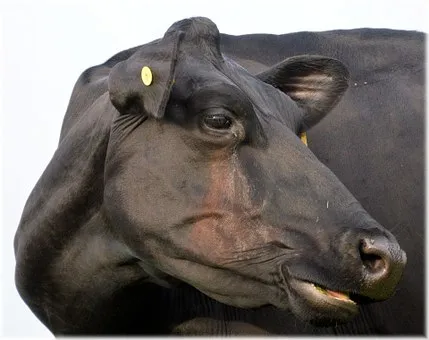The press service of the “Miratorg” company reported that the audit and certification of the meat processing plant located in the Oktyabrsky district of Kursk region according to the 5.1 version of FSSC 22000, effective since April 2021 have been successfully completed.
This certification confirms the full compliance of the quality control system with the Food Safety System Certification international standards based on the newest modern food safety requirements and values in all units of the enterprise. In 2020, significant changes were made to the FSSC 22000 certification, partially resulting from the COVID-19 pandemic.
The brand new 5.1 version of FSSC 22000 approved by the Global Food Safety Initiative (GFSI) combines ISO 22000:2018, ISO/TS 22002.1:2009 and the technical industry specifications of the Prerequisite Program (PP). The auditors inspect the food safety system of the company across the entire supply chain: from raw and supplementary materials to the shipment of the finished products, taking into account the requirements for labelling, safekeeping, storage and stock turnover system.
The food production certification according to the latest version of FSSC 22000 allows the producer to guarantee the safety of their products. It rules out any deviations from the standards, including temperature modes, microbiological characteristics in all stages, as well as the package integrity and lack of any foreign objects.
The gigantic production complex of “Miratorg” covers an area of 117 hectares which is approximately double the area size of Vatican, while the size of just one communication gallery between different workshops made for the free movement of the employees in the new plant is 3000 sq m. The location of all production facilities is based entirely on the production process, so that the raw material and finished product lines never cross each other.
There are 4,800 employees working in the meat processing plant. The technical equipment installed in this plant has no equivalent in Russia. All production facilities are equipped with state-of-the-art equipment with a high level of automation. The most difficult operations are done by robots. This minimizes the manual labour and significantly decreases the impact of the human factor on the output.
The plant produces pork, beef and chicken products made of meat delivered from “Miratorg’s” own farms: not only according to GOST but also complying with the company’s own technical requirements expanding the taste range of their products.
For example, during the sausage production, the technical requirements allow the use of spices not included in the GOST national standard, while the meat component always remains the same. This type of sausages has a low salt content which increases their nutritional value for those people who care about their health and longevity.
The use of marbled beef in products under “Miratorg” brand gives them a distinct meat taste. The barrier package prevents the products from contact with air, while the deep pasteurization technology provides a longer shelf life of the products without any preservatives.
In close proximity to the plant is located their own logistic centre with a storage equipment complex based on the electronic traceability technology. Accordingly, the freshness and safety of the products are guaranteed not only at the production stage but also during their storage. The plant’s product range includes products developed at the different production stages: from the primary processing of raw materials to convenience foods and meat delicacies.
During the design and launch of the production complex in Chernitsyno village, the newest trends in meat processing have been taken into account in terms of energy efficiency and the reduction of the environmental impact. The total investment in this project was 70.86 billion roubles, around 1 billion of which was invested in the treatment facilities.
© Inline LLC 2015-2026. Privacy Policy | Terms of Service